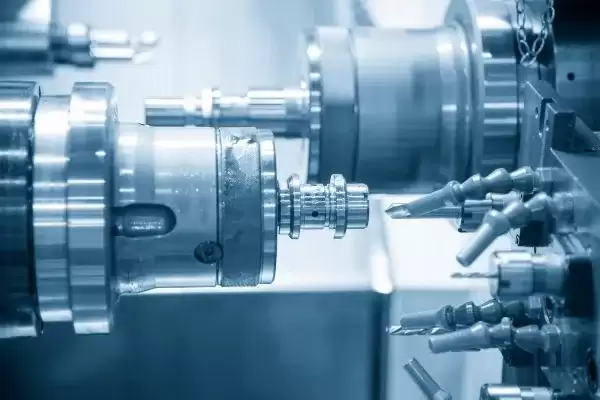
Aug 13,2024
In the world of precision machining, CNC routers have become indispensable tools, offering unparalleled accuracy and efficiency. When cutting aluminum, a material known for its strength and versatility, mastering the CNC router becomes an art. In this comprehensive guide, we'll explore ten tips to ensure your CNC router aluminum cutting endeavors are successful and exceptional.
To embark on a journey of successful aluminum cutting, it's crucial to grasp the fundamentals. Powered by computer numerical control, CNC routers are perfect for intricate designs and precise cuts. Aluminum, a lightweight metal, presents its challenges and considerations. The key lies in understanding the material and the machinery.
Not all CNC routers are created equal, especially regarding aluminum cutting. Look for a machine with the power to handle the toughness of aluminum. The horsepower and spindle speed play pivotal roles. A robust CNC router with the right features ensures smoother operations and better results.
The choice of cutting tools can make or break your aluminum cutting project. Consider the tools suitable for aluminum, considering the material's unique characteristics. Tool materials and coatings matter significantly. Invest time in selecting the right tool for the job; it's a small investment that pays off in precision and longevity.
Understanding the delicate dance between speeds and feeds is critical in aluminum cutting. Find the sweet spot that allows for efficient material removal without compromising the quality of the cut. Adjust cutting speeds, feed rates, and chip load to optimize performance and achieve the desired outcome.
Secure work holding is paramount when dealing with aluminum. The lightweight material makes it prone to vibrations and movement during cutting. Explore different workholding methods, from vises to clamps, and choose the one that provides stability without damaging the material. Tailor your approach based on the specifics of each project.
The efficiency of your toolpaths can significantly impact the outcome of your aluminum cutting project. Well-thought-out toolpath strategies ensure smooth, continuous cutting, minimizing tool wear and maximizing precision. Experiment with different strategies and choose the one that suits the complexity of your design while optimizing efficiency.
Aluminum's propensity to heat up during cutting makes coolant and lubrication crucial. Coolants dissipate heat, preventing the material from becoming too hot and compromising the integrity of the cut. Choose the right coolant for aluminum and ensure proper lubrication to keep your CNC router running smoothly.
Tool wear is inevitable, but with the right approach, you can extend tool life and reduce the frequency of replacements. Factors like tool geometry, cutting parameters, and material composition contribute to wear. Regular maintenance and monitoring are key. Keep your tools sharp, adjust cutting parameters as needed, and witness a significant increase in tool life.
Ensuring the quality of your aluminum cuts involves a combination of precision and attention to detail. Regularly inspect your CNC router and tools for signs of wear or damage. Troubleshoot common issues such as burrs, chatter, or poor surface finish promptly. Addressing problems early on prevents them from escalating, leading to consistent, high-quality results.
Mastering CNC router aluminum cutting is a journey that requires a blend of technical knowledge, hands-on experience, and a commitment to continuous improvement. You can elevate your aluminum cutting projects by selecting the right tools, optimizing your CNC router's settings, and implementing effective strategies. Remember, each project is a learning opportunity, and with these ten tips in your toolkit, success is not just achievable—it's inevitable. Embrace the precision of CNC routing, and let your aluminum creations shine.